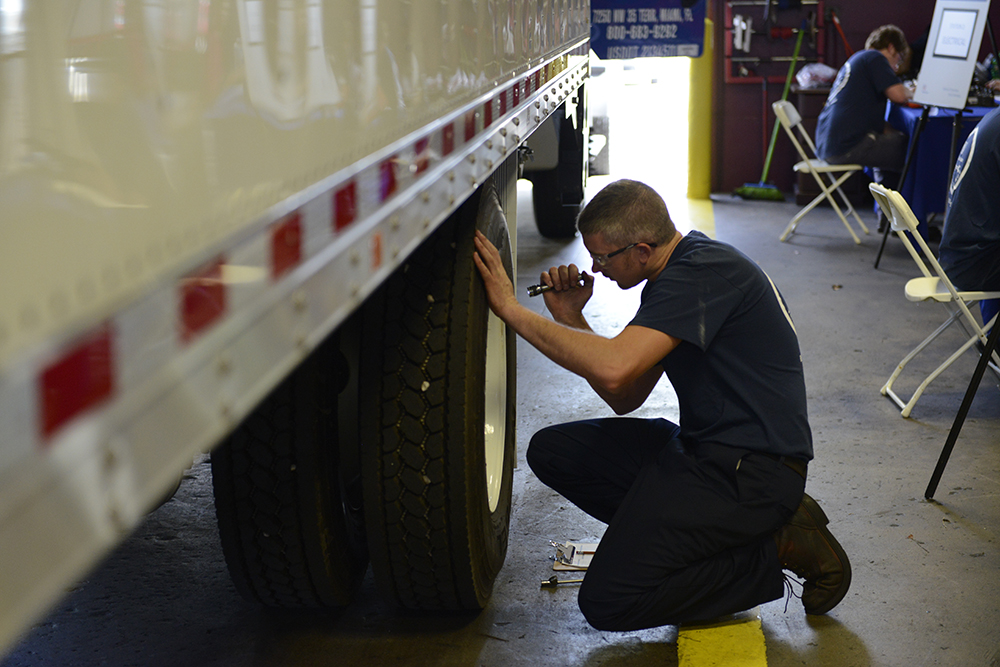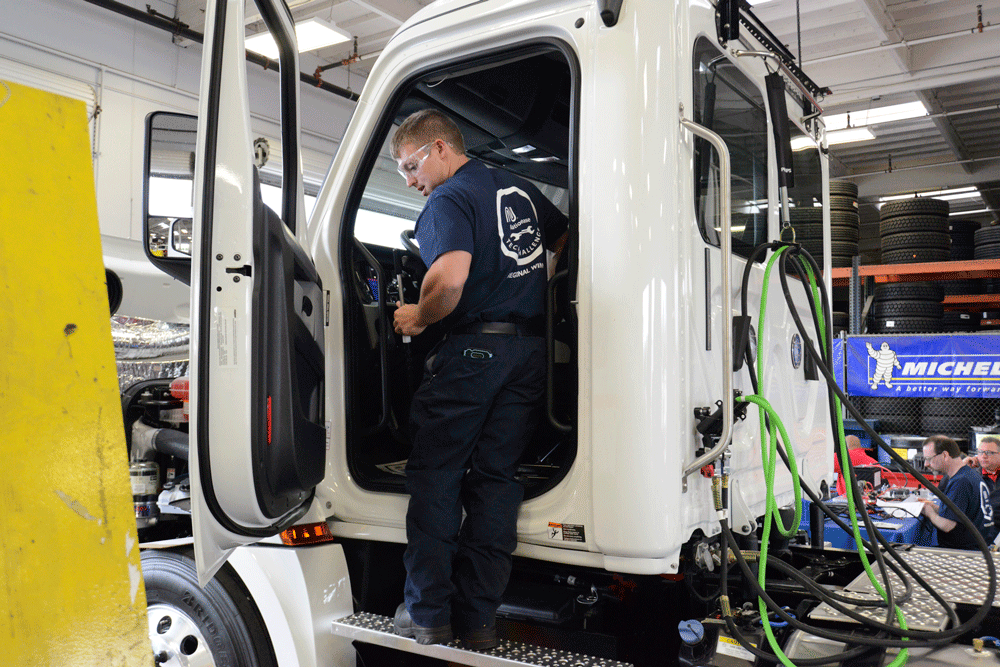We constantly hear how autonomous vehicles will reduce the amount of accidents on the road. For the most part, that may be true, especially if all vehicles on the road are autonomous. Problem is…they’re not.
Machines seem to be replacing those of us who are living, breathing, sentient beings in so many places from robots replacing workers in manufacturing to VOIP replacing receptionists and customer service representatives to ATMs replacing tellers, and now to autonomous vehicles potentially replacing drivers. In all cases, the feeling is that these new technologies promote efficiency, reduce costs and ultimately reduce the probability of human error. But relax: we are not in the Matrix…yet!
A recent HDT article discussed the crash (actually more of a fender-bender) involving an autonomous shuttle van in Las Vegas. The NTSB and AAA are both going to investigate the cause of the accident. If the results are similar to other crashes involving autonomous vehicles, then we will probably find out that the crash can be “blamed on the inflexibility of the programming in a dynamic driving environment and inability to adapt to minor situational variations as a human driver would.” In other words, humans are unpredictable, often behaving in ways that defy logic. That is not what computers are programmed to respond to…so accidents happen.
The situation in the Las Vegas accident was as follows: a delivery truck partially backed into an alley with the shuttle van too close to the right fender of the truck. The shuttle behaved as it was supposed to: it stopped as the van was backing up. But a human, noticing that the truck driver had obviously not seen the shuttle and was too close, would likely have either driven around the truck or backed up down the street. The truck driver should have had a spotter before backing up…or the driver should have made sure the backup path was clear…or a backup collision avoidance system should have been in place and operational. But none of those things happened. What did happen is a human being made a human error. Boom.
Of twelve such crashes that have occurred in California since the beginning of September involving GM’s self-driving unit, all were the fault of drivers in other vehicles, according to GM. And therein lays the problem. Until all vehicles are autonomous, those that are will be at the mercy of reckless and/or distracted drivers making improper moves. Truck drivers, during the course of their work day, constantly see people driving their cars while texting, or weaving in and out of traffic, or speeding to beat the light, or myriad other reckless behavior.
Certainly technology like collision avoidance systems that are available for newer vehicles, autonomous or not, help mitigate the damage to life and limb that may result from an accident. But even with those, people still do stupid things when they are behind the wheel. That’s why it will probably be a long time before truck drivers need to worry about being viewed as redundant.





